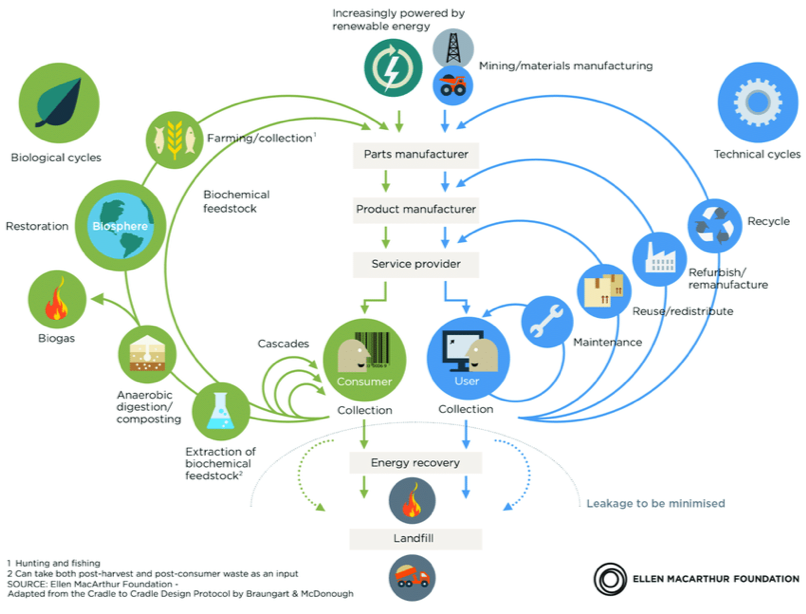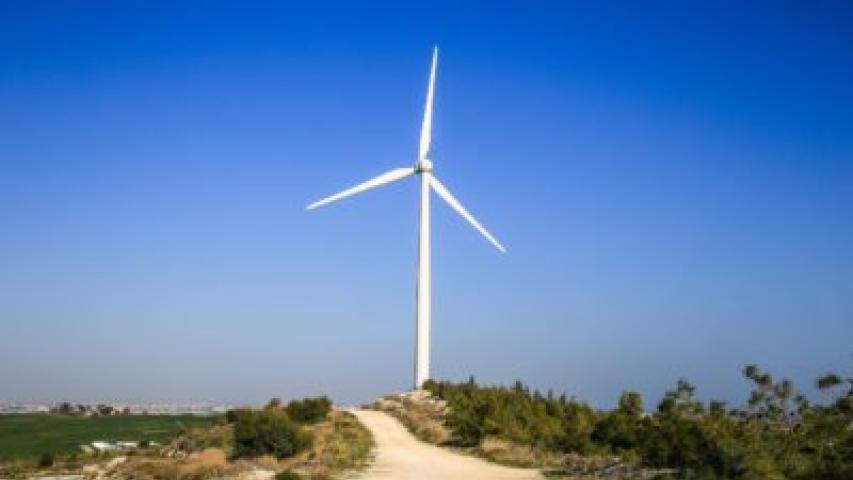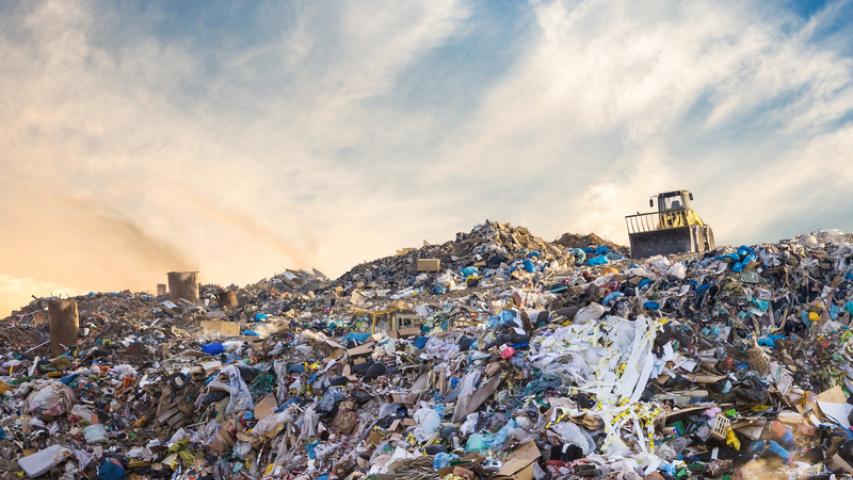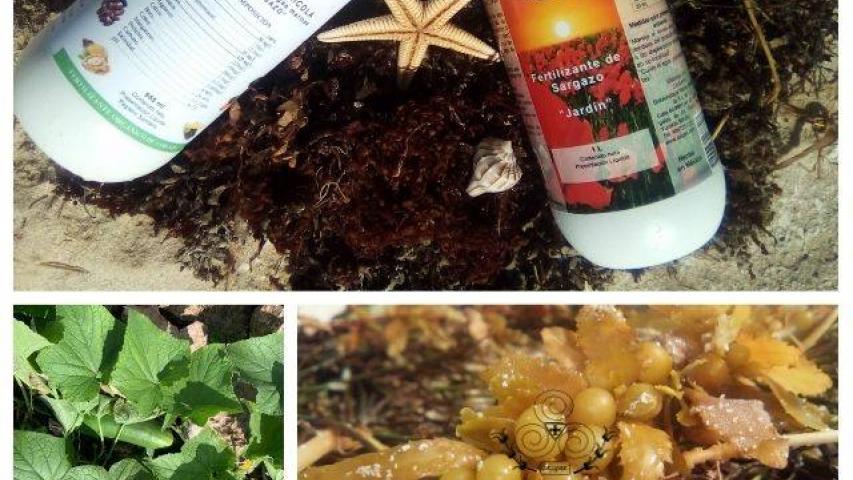Circular Economy
People extract natural resources from the earth to make products and goods.
We use these products and then throw them away. This take-make-waste ‘system’ is what we call the linear economy. As The Ellen MacArthur Foundation illuminates, the fact that our system creates waste and pollution is a consequence of insufficient design. During the design phase of any given product, 80% of environmental impacts are determined. Within this phase, innovators have the opportunity to shift their mindset to view waste as a design flaw and instead harness new technologies and materials to redesign the entire system and eliminate waste and pollution from the start.
Nature can be our best teacher. There is no concept of waste in the natural environment. Waste from one plant, animal or process becomes food and fuel for another. This is the goal of a total circular economy. Retaining products and materials in the system (economy) relies on them being reused, repaired or remanufactured. We should also be able to get materials back before they end up in landfills.
According to the World Economic Forum, “A circular economy is an industrial system that is restorative or regenerative by intention and design. It replaces the end-of-life concept with restoration, shifts towards the use of renewable energy, eliminates the use of toxic chemicals, which impair reuse and return to the biosphere, and aims for the elimination of waste through the superior design of materials, products, systems and business models”.

Nature’s ecosystems
Nature’s ecosystems (which have achieved a state of self-sufficiency) can be used as a model to create zero emission businesses with higher profit margins, increased employment and well-being that utilize local resources by local populations. Massive amounts of ‘waste’ in current industrial processes can be used and transformed via new business models that mimic nature based on innovative physics, chemistry, biology, science and engineering. Today’s waste should be viewed as an opportunity lost, as it can be converted into different resources, fertilizer and food that form intricate parts of new, innovative, non-toxic, non- polluting business ecosystems that drive significant economic growth and environmental restorability.
The Circular Economy
The Circular Economy aims to create a system of utilization that becomes so efficient in the reuse of materials that it minimizes resource extraction and the overall destruction of nature. Yet, this economic model does not only conserve the environment, but has the ability to be beneficial for both companies and consumers. Companies that follow this model have shown there is lower cost in reusing materials than in extracting new ones. This lower cost lowers the resulting price of the product, making them more affordable for consumers. Furthermore, the circular economy model is not simply limited to consumer goods. The use of waste products can also be beneficial in services such as renewable energy production and agricultural composting.
A recent Ellen MacArthur Foundation study found that a circular economy development path could halve carbon dioxide emissions by 2030, relative to today’s levels. “One of the goals of the circular economy is to have a positive effect on the planet’s ecosystems and to fight the excessive exploitation of natural resources. The circular economy has the potential to reduce greenhouse gases emissions and the use of raw materials, optimize agricultural productivity and decrease the negative externalities brought by the linear model”.
Related innovations

Oceanus Power and Water
Improving the resilience of the water and energy sector and fighting supply problems in impacted regions is the goal of...

Blue Planet Environmental Solutions
Converting plastic waste to energy Blue Planet Environmental Solutions is a pan-Asian company driving regional sustainability through technologically enhanced and...
